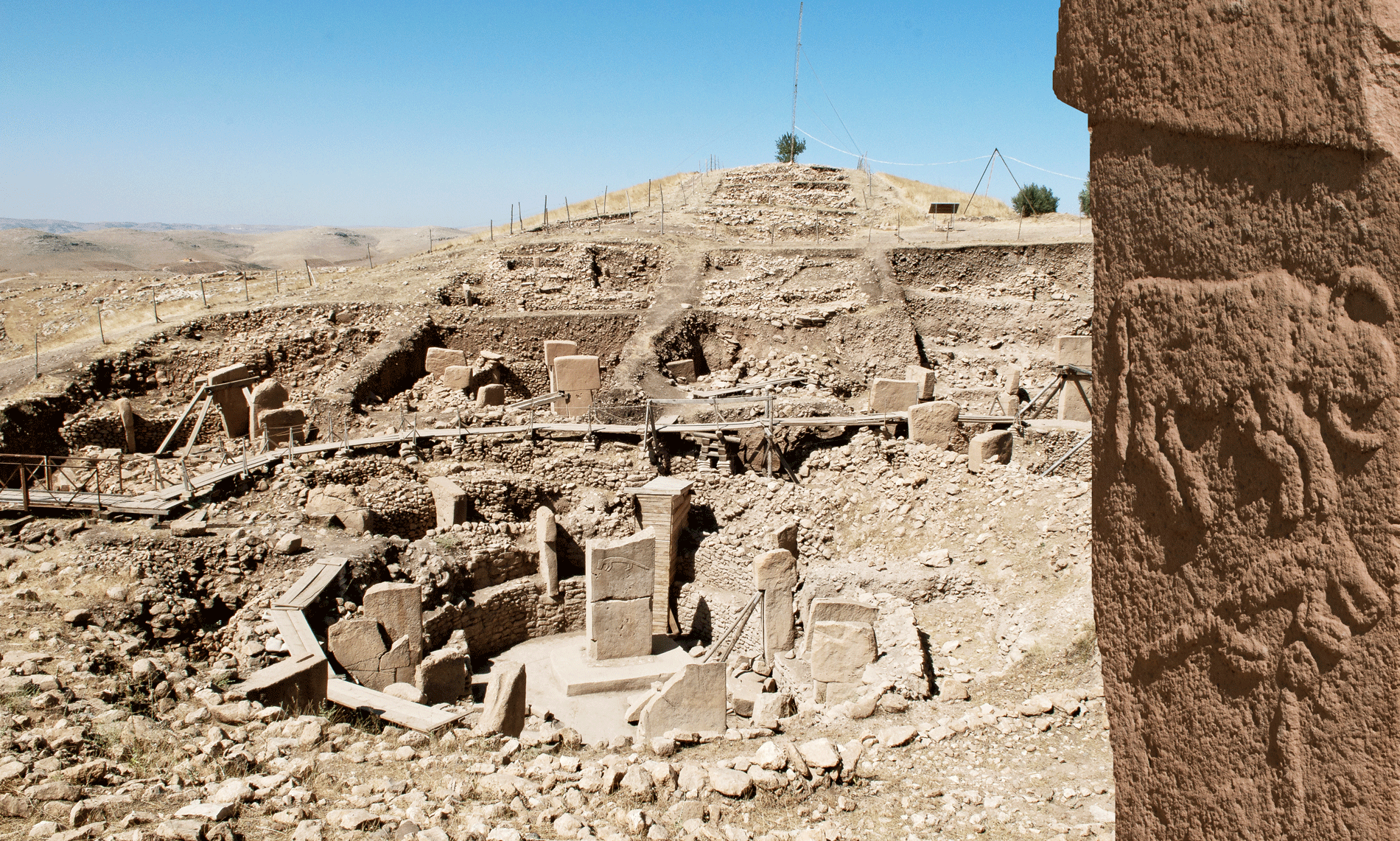
Our vision of protohistory is changing thanks to the discovery, in southern Turkey, of a 12,000-year- old temple which belongs to an unknown civilization. Other discoveries lead us to doubt most dating dates…
Göbekli Tepe is a superb construction, one that defies our knowledge of the past. From what researchers were able to understand so far, it was built as a temple, created with giant limestone blocks that predominate the different part of the “Stonehenge of the desert”. (source) Breaking news, this scoop discovery allows to increase our knowledge about this early period of our history. It represents a revolutionary letting-go from main stream archeology.
Main stream archeology is usually much more cautious. Now what these ruins look like? In an oval structure, flat T-shaped stalls punctuate the space with bas-reliefs of various animals: leopards or tigers, reptiles, foxes, wild bears … Not far away, in Çatal Hüyük, we found a great number of bulls.
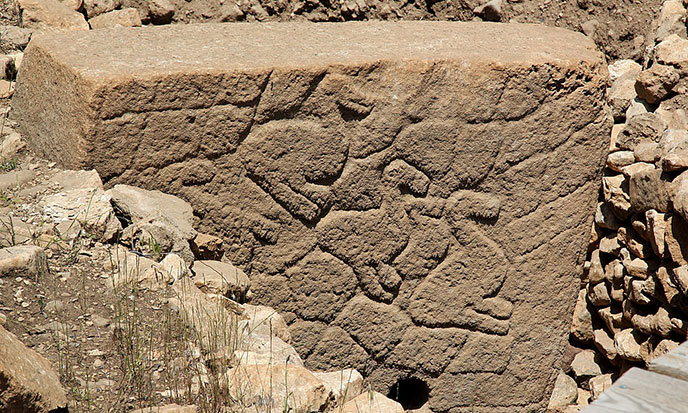
The presence of all these animals can evoke a shamanic society, using witchcraft and animal possession, or shamanic rituals to harness these species and subject them to man, as Graham Hancock, and others before him, mentioned for the cave paintings of Lascaux or Altamira. Archaeologists have found no trace of homes in the neighborhood, so they conclude it is a temple. David Lewis-Williams describes Göbleki Tepe as “the most important archaeological site in the world”. It is a small hill located 10 miles from Urfa, a town formerly known under the name of Edessa, on the edge of the Taurus Mountains. Urfa is an oasis appreciated since ancient times, which probably explains the location of a temple in this place.
This is not just any temple, this is the oldest currently recognized, “das Rätselhafete Heiligtum des Steinzeitjäger”, the enigmatic sanctuary of Stone Age’s hunters. (source)Klaus Schmidt, first archaeologist to investigate on the site A life-size statue of limestone, with obsidian eyes, found in Urfa near the pond called Balikli Göl, has been dated with carbon-14 at -10 000, what makes it the oldest stone sculpture ever found. Since we cannot carbon-date stone, it is assumed that organic remains were found on the statue. This dating, like many others, is therefore minimal. The statue may still have a much greater ancientness! And quite a long memory.
![Premier plan à droite : l'archéologue Klaus Schmidt, un des découvreurs du site -- By Ordercrazy (Own work) [CC0], via Wikimedia Commons ---- Arrière-plan : le site de fouille de Göbekli Tepe -- 2011 kazı sezonu sonunda genel görünüm -- By Teomancimit - Yükleyenin kendi çalışması, CC BY-SA 3.0, https://commons.wikimedia.org/w/index.php?curid=17377542 ---- both modified by SKI, Stef Kervor Infographie, pour Eden Saga GöbekliTepe-Urfa](https://eden-saga.com/en/wp-content/uploads/sites/2/GöbekliTepe-Urfa.jpg)
That being said, is it really the oldest stone statue? The wheel of the skull of Teotihuacan, despite the opposite opinions of the “main stream” archaeologists, is probably much older. Not to mention Tiahuanaco. The dating methods can make good progress, but as bad faith is so strong, archeology shall make no realistic date for the Americas. A powerful dogma goes against it, which says that every civilization has its origin in the Middle East, in Mesopotamia, between Tigris and Euphrates.
And beyond that, there is a still more powerful paleontological dogma, which says that our species is native from Africa. Yankees go home! Everybody ignores the 200 million-year-old fossil sole trace or the human foot imprint of the same age found in America.
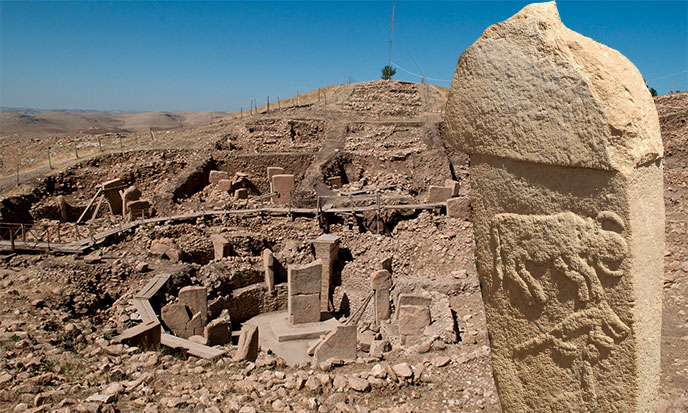
Not to mention the hammer of Scotland, twice much older! Goodbye Lucy and the thesis of Yves Coppens! Let’s not be naive, answers science. These are only singularitiesBrilliant concept that allows weak minds to forget everything that hinders which do not invalidate the prevailing theories. How convenient! That science is very primitive, showing hordes of monkeys, with flashy fights between dominant males. Fortunately, there are other ways to make speak the old stones.
In 1994, an old Turkish shepherd named Savak Yildiz, intrigued by a large stone with regular edges, sweeps the dust that covers it. The shepherd does not suspect he has just made a major discovery. Soon the rumor spread to Ankara that a new archaeological site was found in Göbekli Tepe, which means “navel hill”. When the appraisal of the site’s estimated age has been published by the Turkish media, the navel hill has become the center of the world. Twelve thousand years, it is not a picnic!
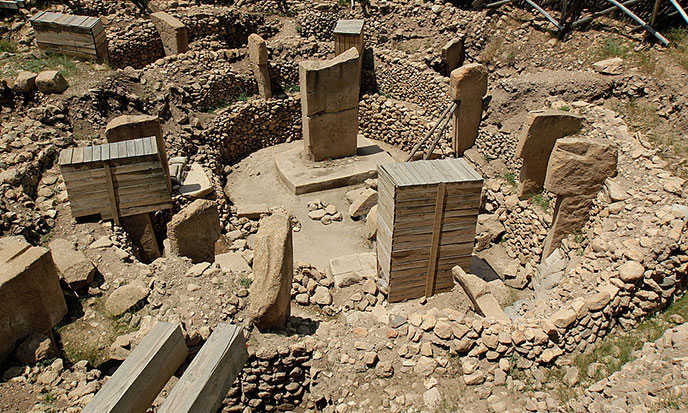
Let’s put it flat: Göbekli Tepe is only the center of the Mediterranean world. Each continent has its own. And sometimes several different centers! In India, this is Harappa or Mahabalipuram. In Japan, Yonaguni. In China, the region of Pyramids or the plain of Jars. In Africa, this is the Transvaal and the Yoruba Country. In America, Teotihuacan and Tihuanaco, the cities of the peaks. Our world is a very old world from which we only know the epidermis. Our history is an iceberg and historians cannot see underwater.
“Archaeologists believe that Göbekli Tepe must have originally include 200 T-shaped stalls. Each weighing an average of 5 tons, this means that 1,000 tons of stones were extracted, transported and decorated, which stresses the importance of the site and the labor invested in its realization.” (source)Philip Coppens, Nexus #64 p.101
But is it a megalithic construction? The decoration, especially the animal sculptures, suggest it isn’t, for the major cyclopean sites do not contain any. Yet some of the stalls are really enormous. “It still remains one, measuring seven by three yards, partly cleared, which weighs about 50 tons, showing that the handling of huge stones did not start in Egypt or Stonehenge.” (source)Philip Coppens, Nexus n°64 p.101 Of course, since the Great Pyramid is dated at only 4,000 years ago, when she is three times that age! Who can seriously say today what time the global cyclopean civilization, the famous civilization of pyramids, has begun? All dates have to be reviewed!
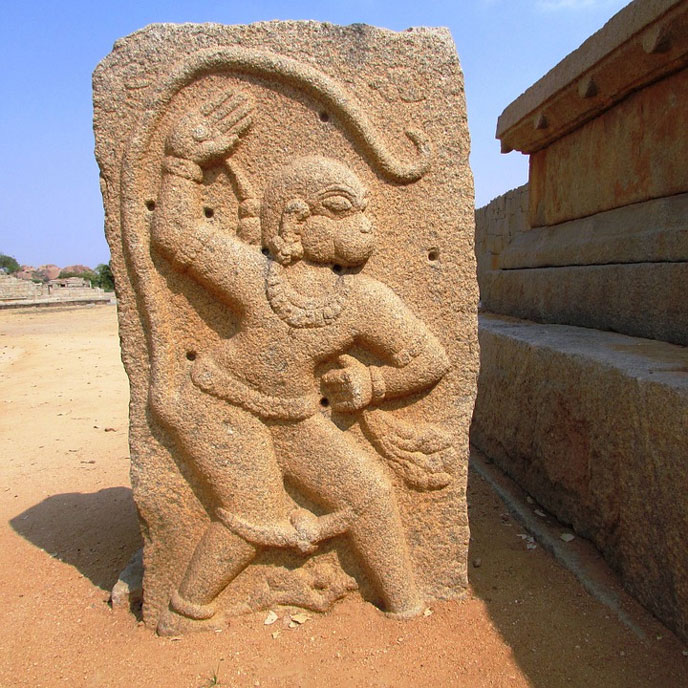
If we still ignore when the megalithism has begun, we know when it ended: with the dynastic Egypt at the time of Pharaoh Menes. Our civilization started in a major decline: the loss of the megalithic expertise, the transport and the control of huge blocks, some of which being presently untransportable, like the monolith of Baalbek. In Göbekli Tepe, there are few megaliths, what is striking is the organization of the stalls.
In one circle, there are only representations of snakes, in another, wild boars and foxes, in a third, a large number of animals of all kinds, what gave it the name of Garden of Eden. It is true that we are right in the plain of Edin, origin of Eden. On some stalls, the animal is accompanied by a slash, falling close to it, that might evoke a flash. Would this be a site of lightning, as Uruk or Avebury? In this case, what would the animals represent? And where would be the lightning sensor? At high altitude, a simple monolith is sufficient. But in the plains? It lacks a pyramid or a ziggurat which could have carried the ancient lightning sensor.
It also lacks, probably, a deeper understanding of the customs of this people which we do know so little … Also noteworthy is the style of the sculptures. Animal representations, they are stylized, schematically carved in a way that appears unique on the planet. This unknown civilization is decidedly foreign to all our other antiques.
All? Not exactly. On the other side of the globe, on the most remote and most mysterious island of the world, Rapa Nui aka Easter Island, there are animal sculptures quite similar in style and fashion. Carved in low relief, they show the same type of animals.
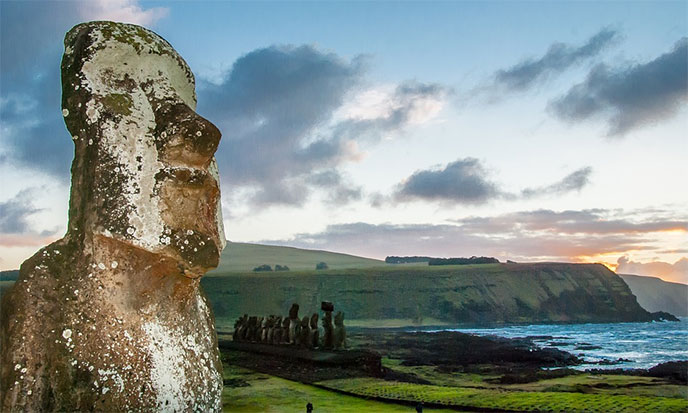
How to explain such similarity in two points as far apart? Perhaps with this hypothesis was then planetary civilization, and the gods knew astronauts move from one end to another of the planet in a very short time. In Malta, some clover temples as temple of Ggandija seem to come from the same culture. But the sculptures are absent, and official dating is different …


